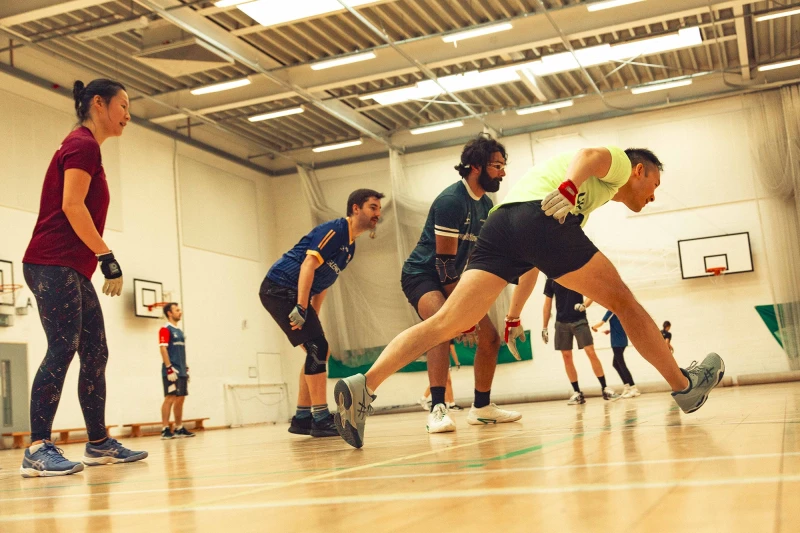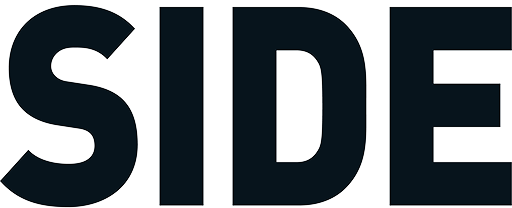MySide: Daragh Drake
June 17th, 2025 | MySide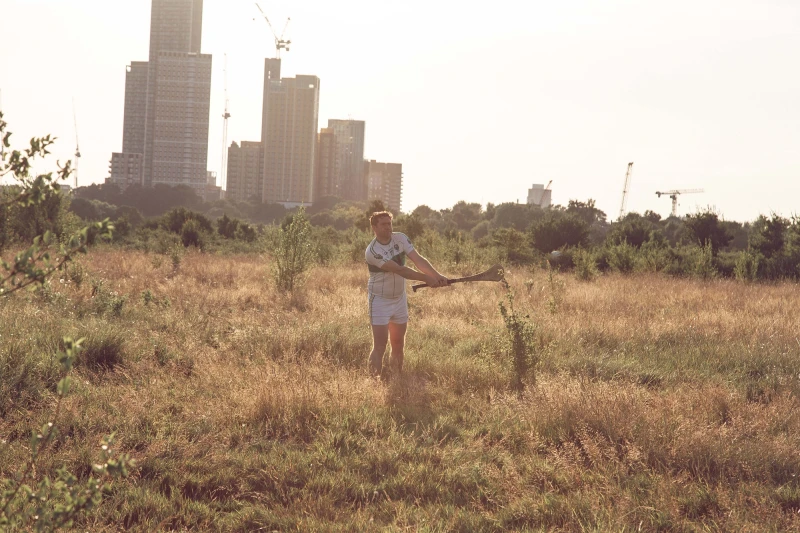
Side: Hi Daragh, to start can you introduce yourself and your project documenting the Gaelic Games?
Daragh Drake: My name is Daragh Drake and I'm a London based photographer from Cork in Ireland and for close to 12 months I have been documenting Gaelic Games occurring across London. These games include Hurling, Camogie, Gaelic Football and Handball.
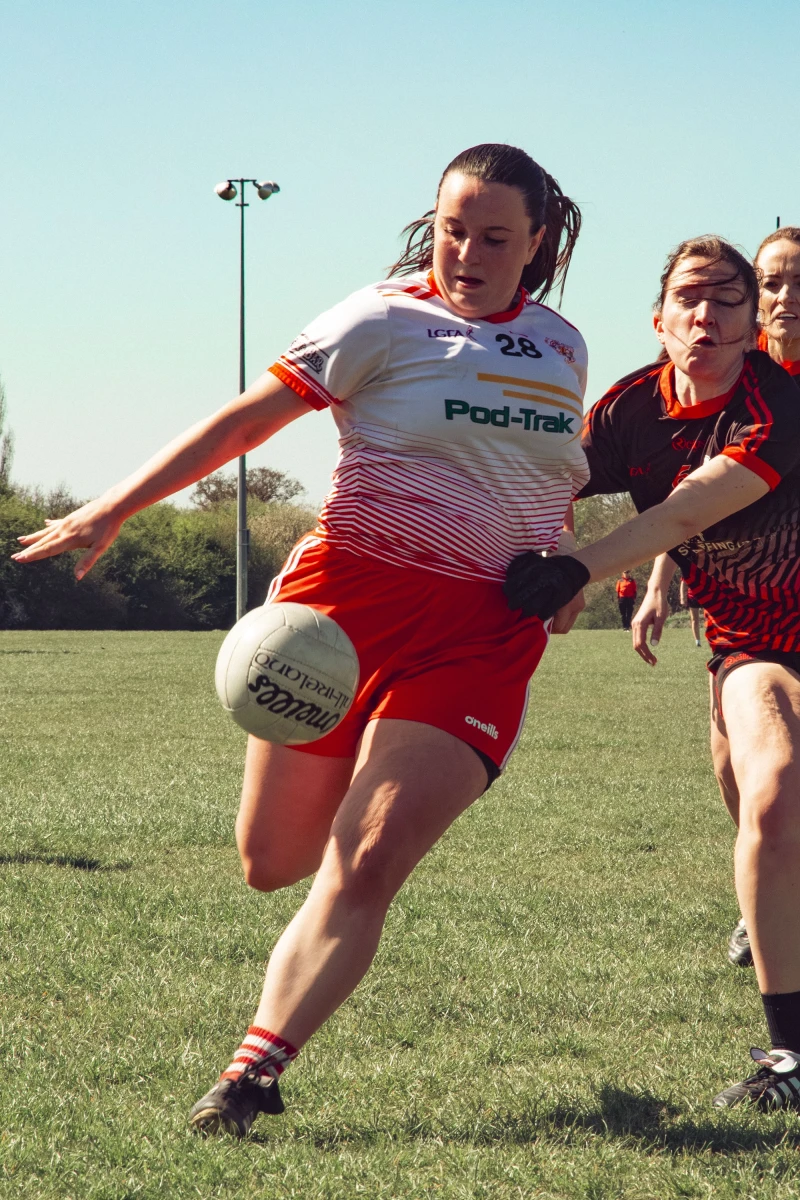
Side: Can you describe a particular moment during a match when the atmosphere or an action just compelled you to take a photograph?
Drake: There was one moment early on in this project where I was photographing a Gaelic Football match and there was a controversial refereeing decision. A player made an illegal pass which led to a goal and the place erupted. When the defenders went behind the goal pleading with the umpires I stupidly said “I photographed it”. This caused chaos with the attacking team shouting at me “who the fuck are you, VAR?!” and the defending team telling me to show the ref.
I ultimately did end up showing the ref behind the goal, who had players shouting either ear. After seeing it the ref looked at me with an expression of horror and said “I can’t see this” before running away and blowing his whistle to signal a goal. The photo did actually prove that it shouldn’t have stood. In the short lived pandemonium I photographed the players as they were swarming me. One fella had such an intensity to him I took the photo before I had sense to think that he might batter me.
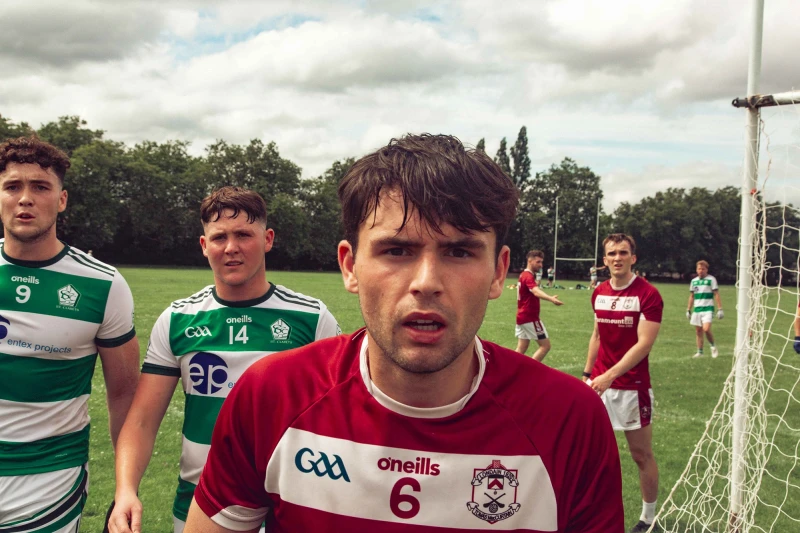
Side: What elements do you look for in your images?
Drake: As a rule of thumb I try not to think about what I am photographing and prefer to work off instinct. What I am looking for is for people's unfiltered emotion and most of the time I only find it in children and drunk adults. Sports is one of the few havens for people to be centered in the moment and because of that they express their emotion more freely than they would outside of it.
I have this wider philosophical theory that no photographer has any control over the photos that they take and that they are producing work in response to their own experiences as pattern recognition. But I’ll save that for another day...
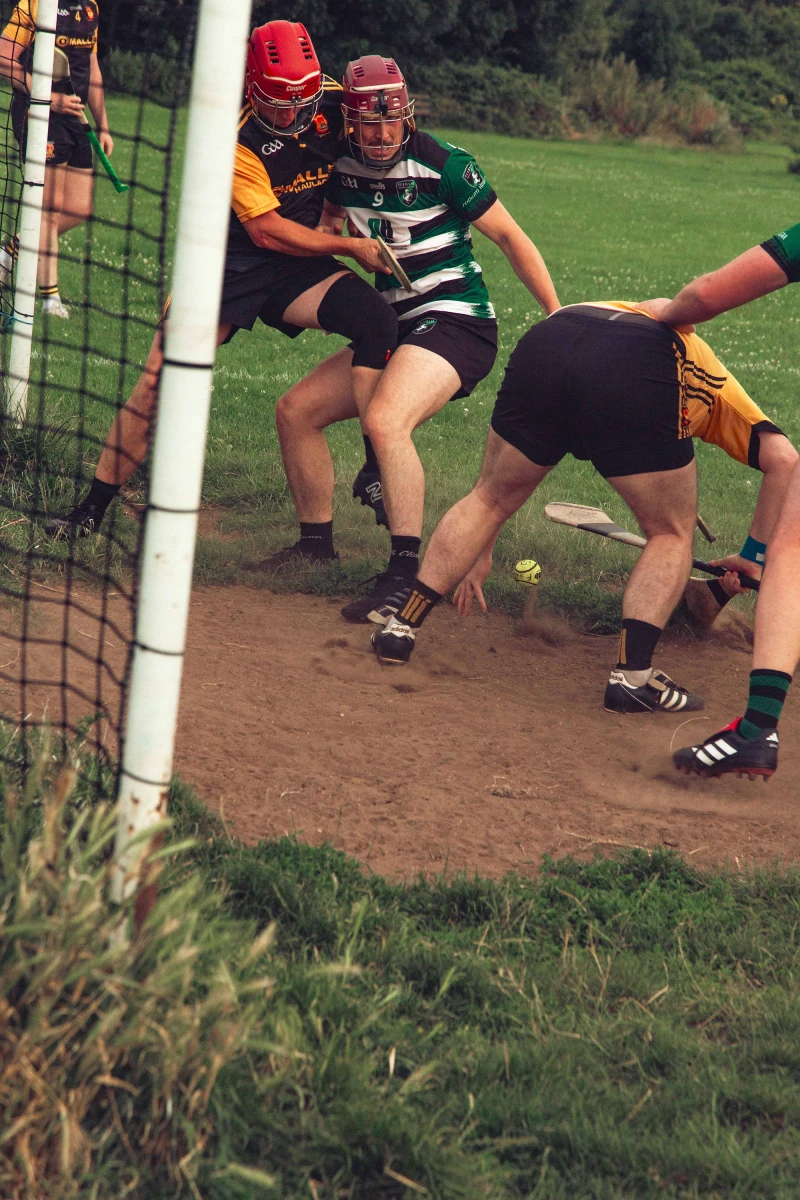
Side: Having moved from Ireland to London a decade ago, how has photographing Gaelic Games influenced your sense of connection to your heritage and community?
Drake: Much of the importance of sport to the Irish diaspora is lost on those who are born and raised in the country. I grew up with a GAA club 2 minutes from my house which could be seen from my window. We played it in school, it was on the TV and I lived through Cork winning All Ireland Titles, i.e it was always there.
That proximity to an integral part of our culture isn't the case for people who emigrate or are first or second generation Irish. There is such a feeling of good will and community amongst the players and organisers because they have to work so hard to have it. This project has definitely helped me develop a greater understanding of the London Irish experience and has allowed me to feel closer to home in the process.
There is also an added layer of significance to these sports being played within Britain since hurling was once outlawed for fear that such gatherings of Irish men would lead to the plotting of rebellion and Irish independence from Britain.

Side: Have you noticed any shifts in your photographic perspective since you began attending multiple matches each week?
Drake: I’m not a patient photographer and I don't like standing somewhere waiting for something to happen. Outside of this project most of the photos I take are done so while I am moving. I found that the most effective way to photograph games was to stay behind the same goal for the duration of a match so I can get the action in the goalmouth from either side. So that development of patience has definitely been a change to my practice. I wouldn’t be someone who’s mad for patience in general to be honest.
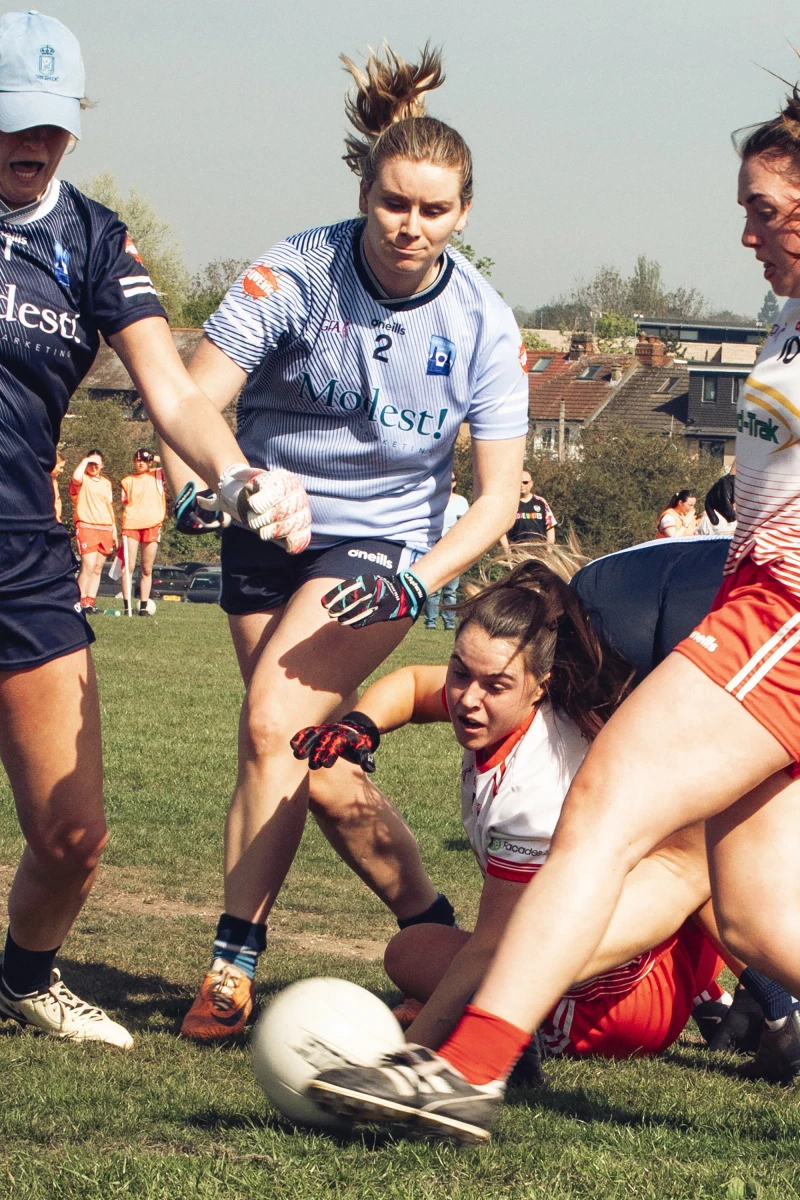
Side: Do you find yourself more drawn to the collective energy of the teams or the individual expressions of the players when you're shooting?
Drake: At the beginning it was purely the individual expressions of the players that drew my interest though as the project has developed I have become more interested in capturing larger moments of collective expression. When there are multiple players frantically going for the same ball there is an inherent drama within the images. It can create a certain theater that is similar to a Rubens or a Daniel Maclise painting, or something like that anyway.
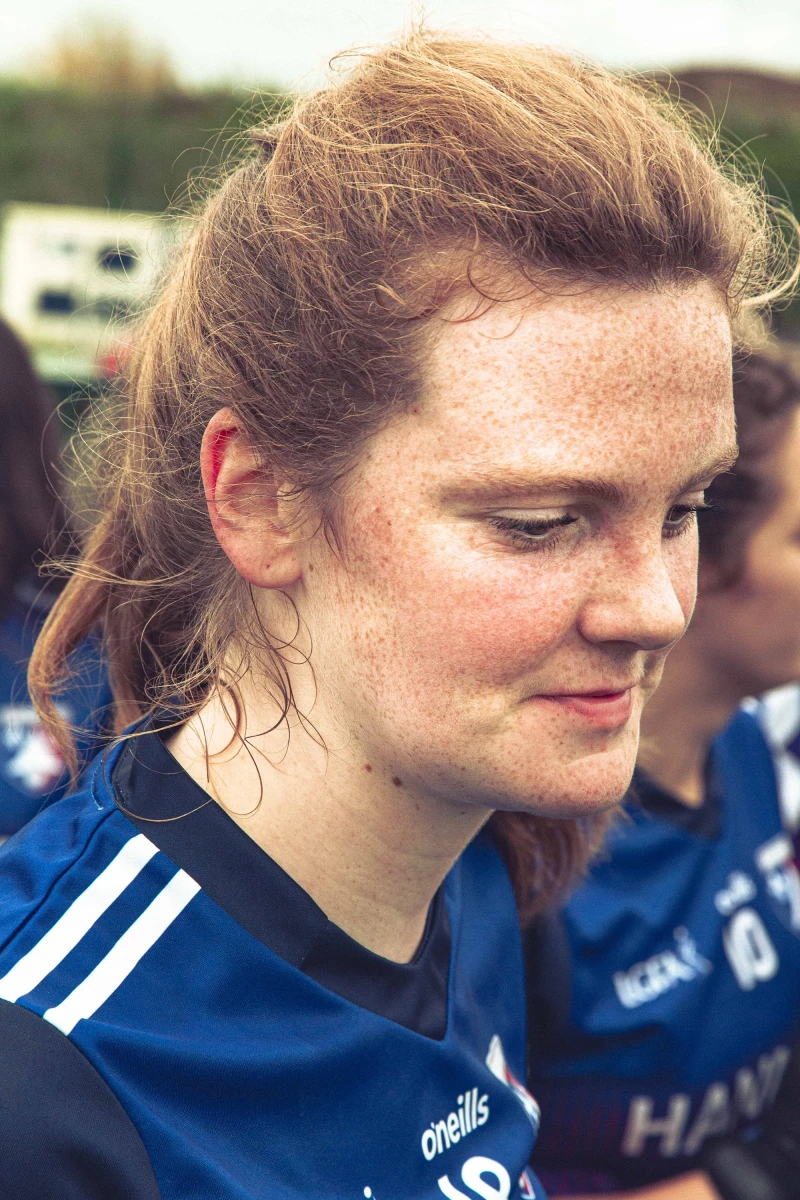
Side: How do you approach the challenge of conveying the intensity and emotion of live sports through still images?
Drake: Games have a momentum to them and early on you can see the individual battles which will often come to dictate the narrative. Hurling and Gaelic Football are very physical sports, players are often pushing and shoving off the ball. I keep an eye on the players in these battles when the ball is up the other end of the pitch. Watching how they speak to each other and their body language. Often it's these individual battles in decisive moments that will be what I photograph because both players are so committed and emotionally invested.
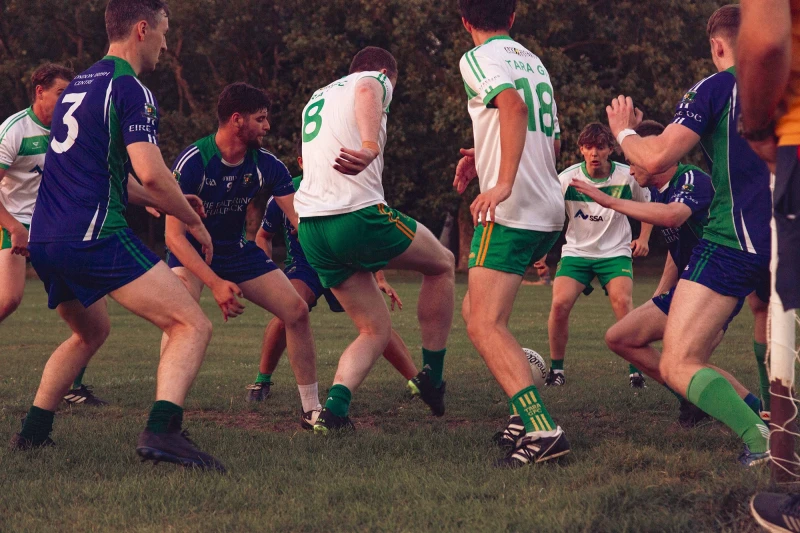
Side: Looking ahead, are there specific projects, themes or stories that you are eager to explore further through your photography?
Drake: I’m always bouncing between projects but I am currently working on a body of work documenting Camogie and Ladies Gaelic Football across Britain.
Side: Amazing! Thanks so much for talking with us Daragh.
